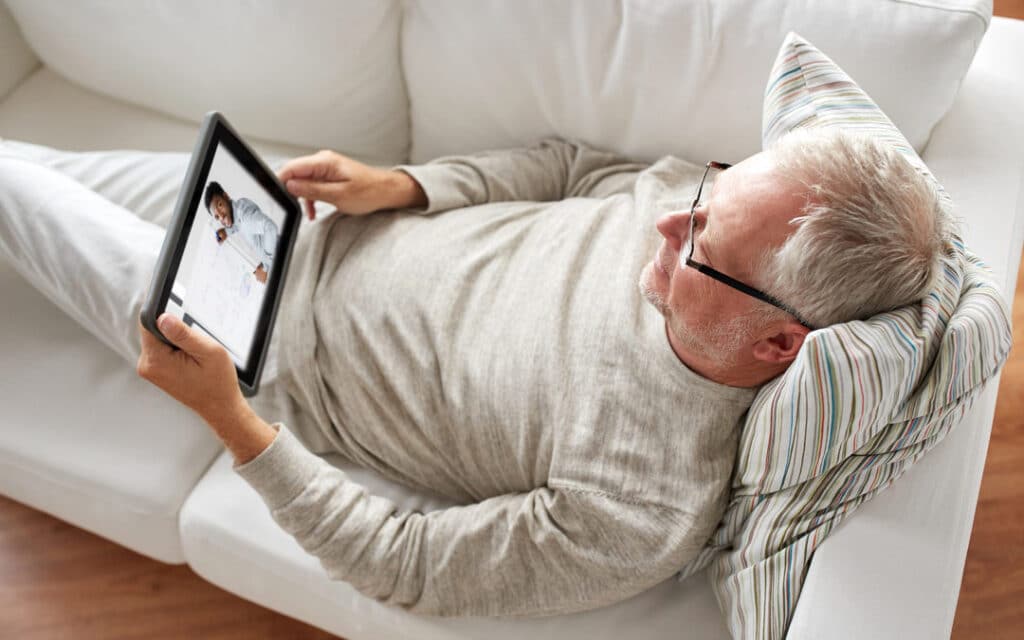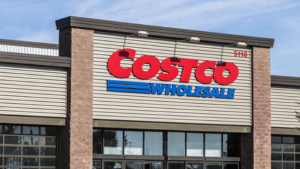With the COVID-19 pandemic, practices have had to turn to new methods to engage their patients and continue to drive new leads. In-person visits have increasingly turned toward telehealth appointments, and consumer seminars are being hosted online as webinar events. Here are five tips to help you maximize your return on marketing webinars based on our experience.
- Combine “old school” tactics with modern platforms: Email is an effective, inexpensive way to promote webinars. Email recipients can simply click a link and jump directly to the registration page. But just as you might call patients to invite them to a seminar, you may want to call patients about an upcoming webinar. Adding a personal touch, especially for patients who you think would most benefit from the hearing solution you might be introducing, is a great way to increase your conversion rates and boost registrations. If your practice doesn’t have email addresses, these calls are also a great opportunity to request that information for your database. If staff don’t have the bandwidth to take this on, there are HIPAA-compliant third-party call services that can help.
- Leverage your promotional channels: If you send a regular newsletter to your patients, be sure to highlight the webinar. Add some information about the event on your website, with a button that users can click to jump to the registration page. Does your practice have a Facebook page? Set up a Facebook event (it’s free to do so) and promote it with your followers; staff can also easily share it amongst their own networks through their personal Facebook pages. If you’re willing to spend some money on advertising, Facebook also offers affordable options to boost your event’s reach beyond your existing patients.
- Set clear next steps: It’s not enough to simply engage patients online; ultimately, you want these opportunities to translate into practice revenue. When you create your content, ensure that you include expectations for next steps. For instance, if you have introduced a new technology, let attendees know you will be following up after the event to answer any additional questions they may have, and offer appointment times for them to come in for a complimentary demo.
- Boost your attendance rate: In some ways, it’s easier to get patients to sign up for a webinar than for an in-person consultation or seminar. But, because the level of commitment is lower, you may see substantially more drop off than you would amongst patients who have agreed to come into the office. While webinar platforms often send automated reminders, patients may not always pay attention to these. To increase your attendee rate on webinars, we recommend having staff call registrants to confirm that they received the email with log-in instructions, and encourage patients to log on 15-20 minutes to ensure their audio is working properly.
- Nurture your no-shows: After the event, follow up with attendees and no-shows. After all, these patients were interested enough to register for the event. Share the webinar recording with them and offer to have them come in (or schedule a telehealth appointment) to discuss any questions they may have had about the technology. In some cases, these patients may have had challenges logging on to the webinar, or may simply have had something else come up – but are still interested in learning more. Our practices have been able to effectively turn some of these no-shows into in-person appointments and sales.
Consumer webinars can present an effective and inexpensive opportunity to engage patients and drive qualified leads into your practice during this time. For additional marketing support and resources, speak to your Earlens representative, or become an Earlens provider.
Earlens is a privately held medical technology company committed to transforming the hearing experience for millions of people who suffer from hearing loss.
The company has developed the Earlens® Contact Hearing Solution, which directly activates the hearing system, delivering the broadest bandwidth available today and superior sound quality. This revolutionary, nonsurgical hearing solution uses a small lens to vibrate the eardrum, replicating the natural hearing process. The Earlens® Contact Hearing Solution received FDA clearance in 2019 for a second generation of the Earlens technology.



